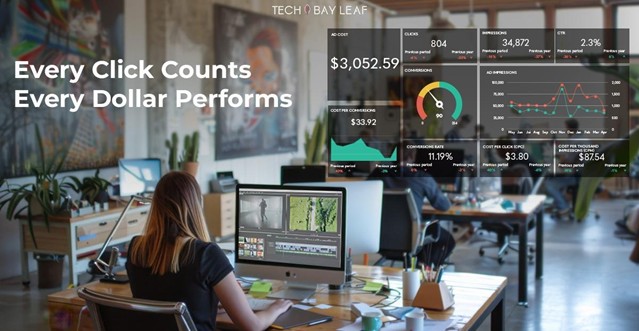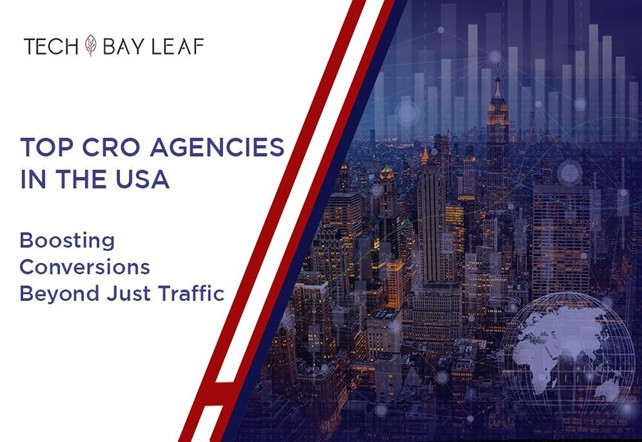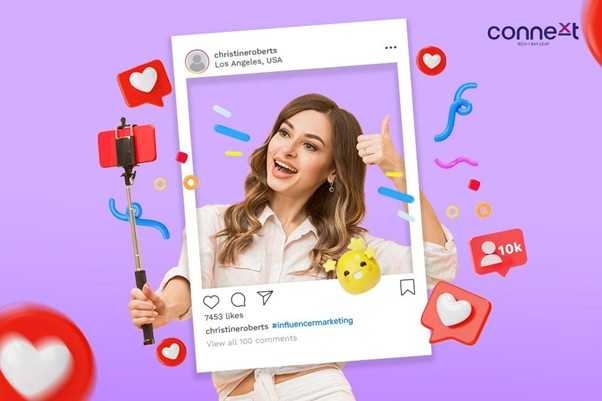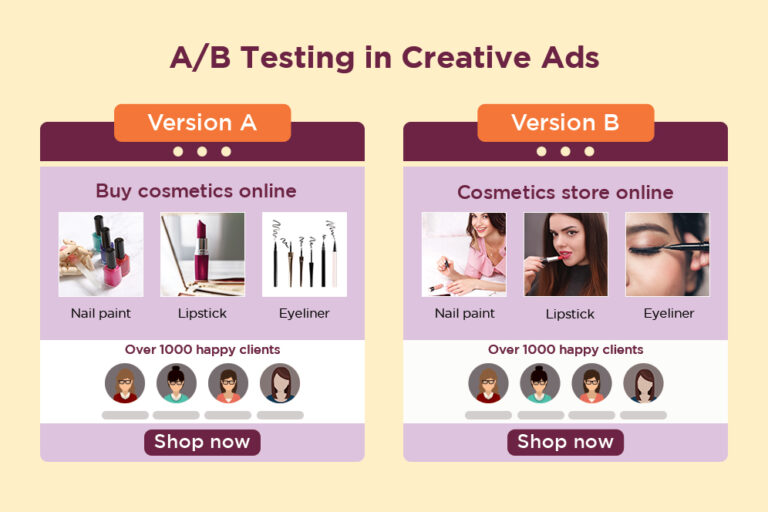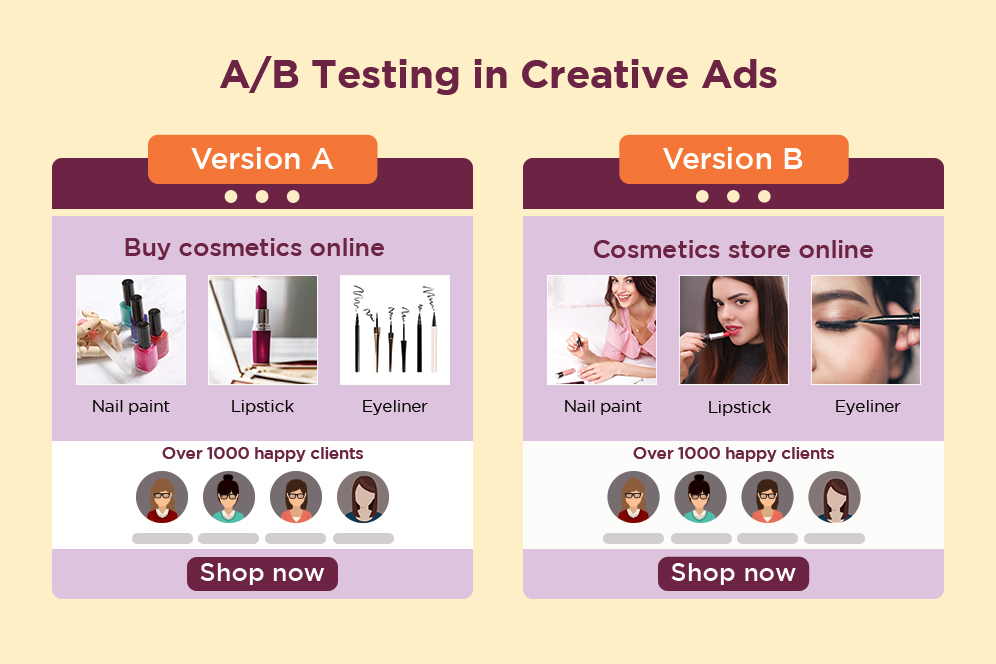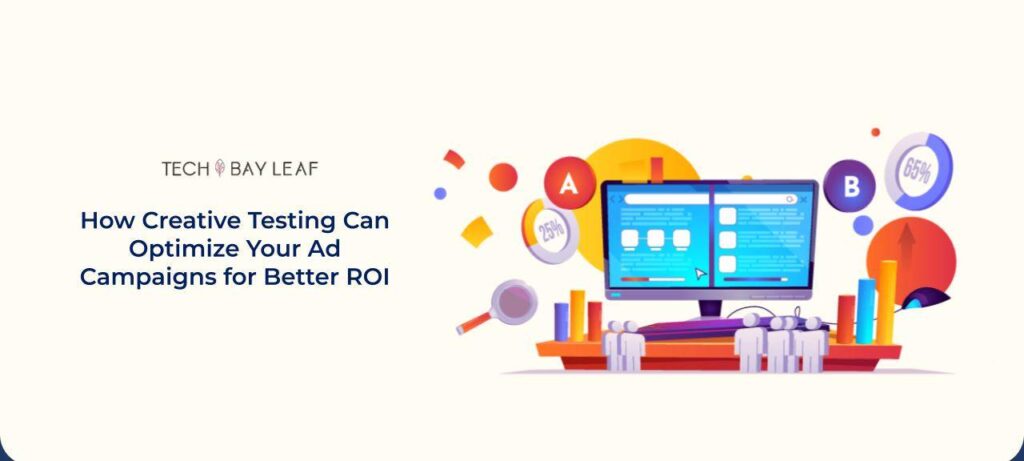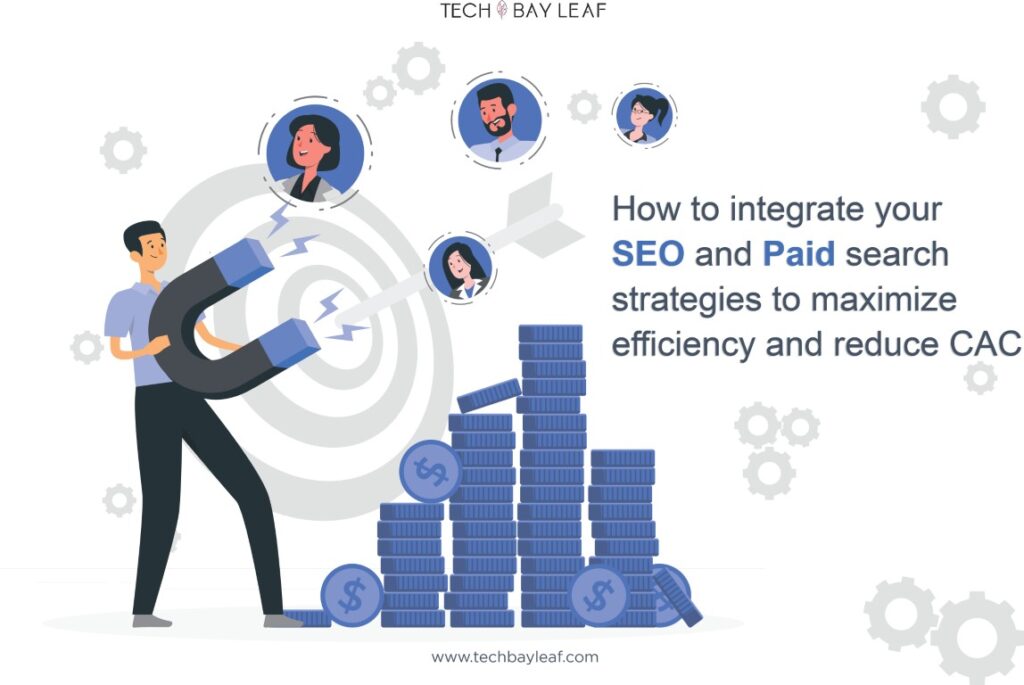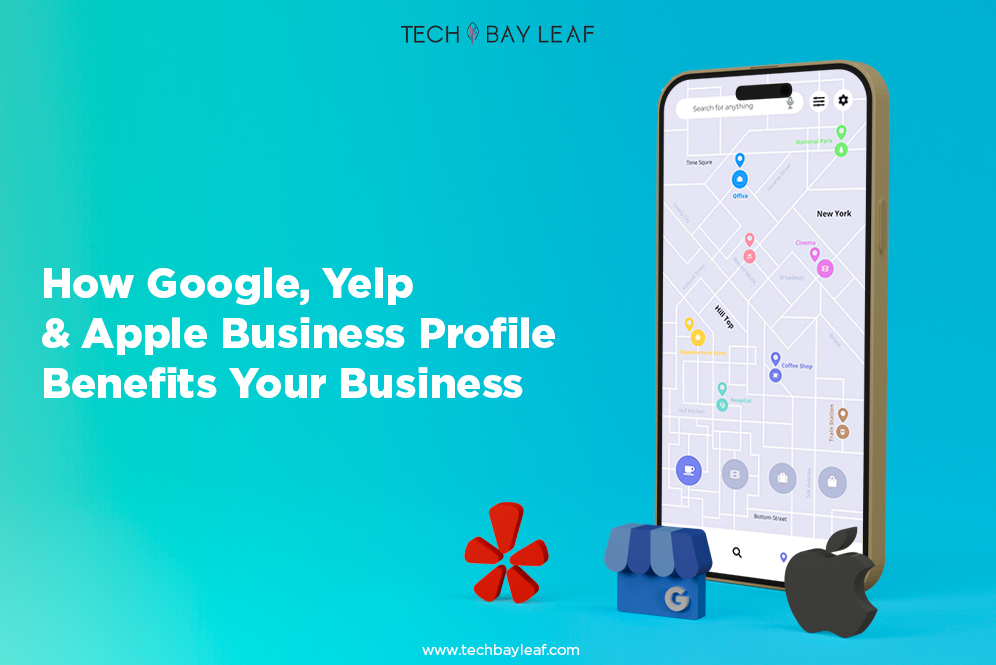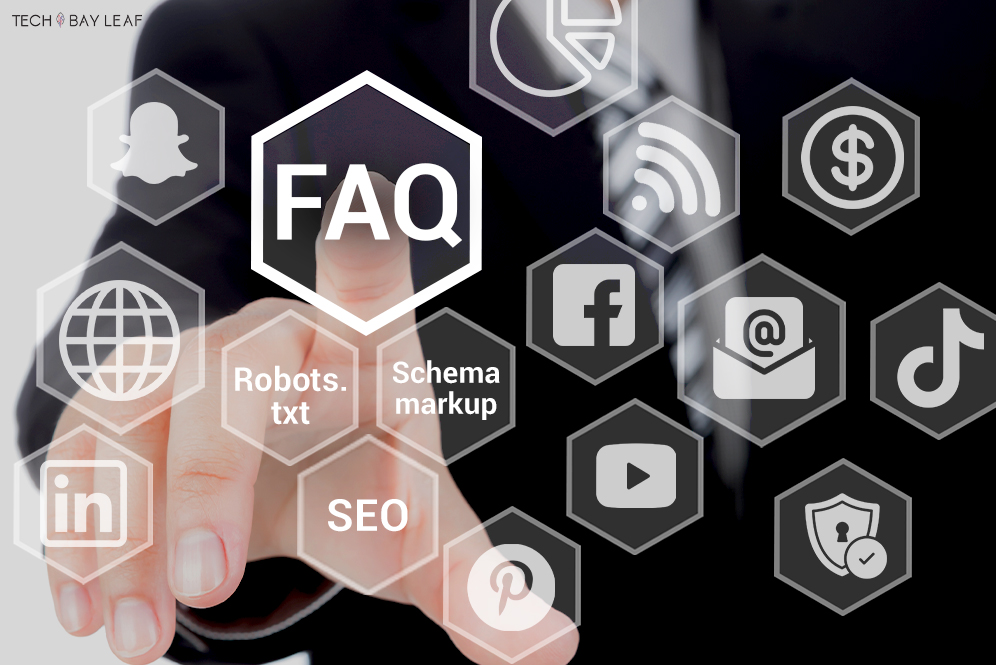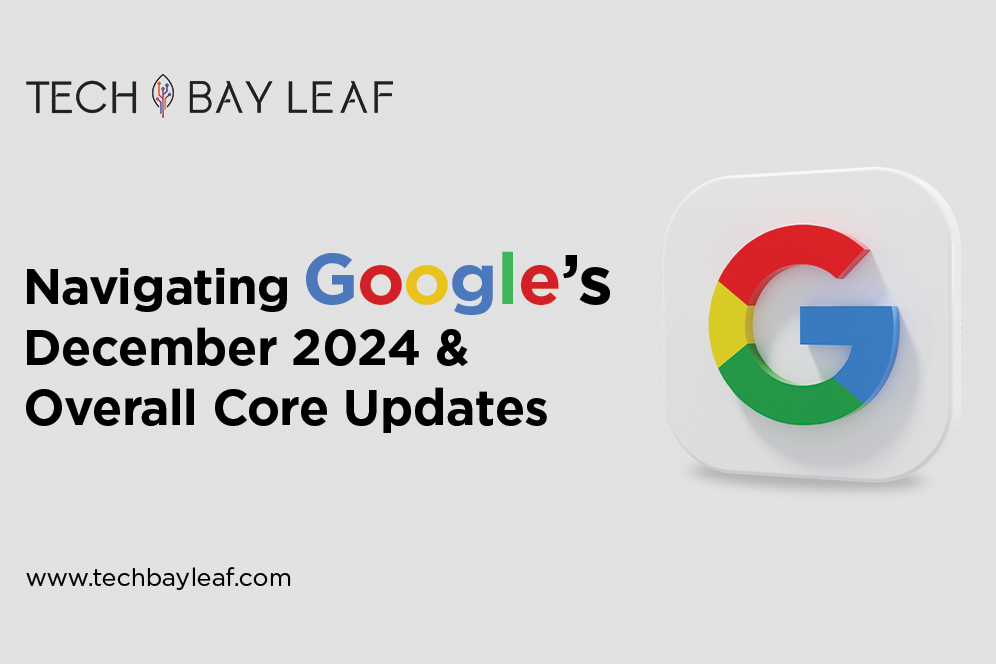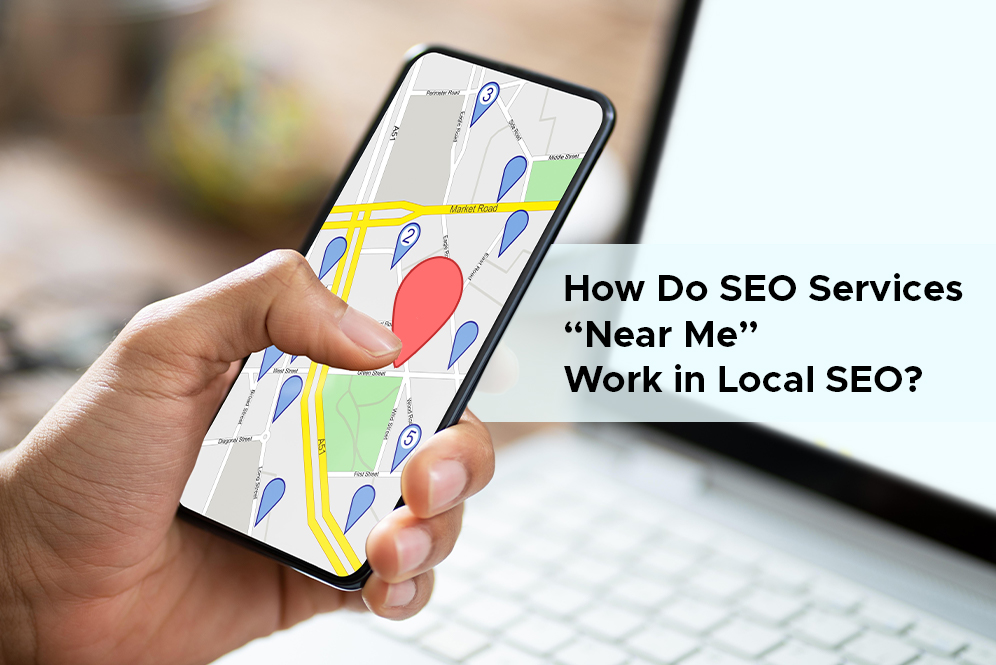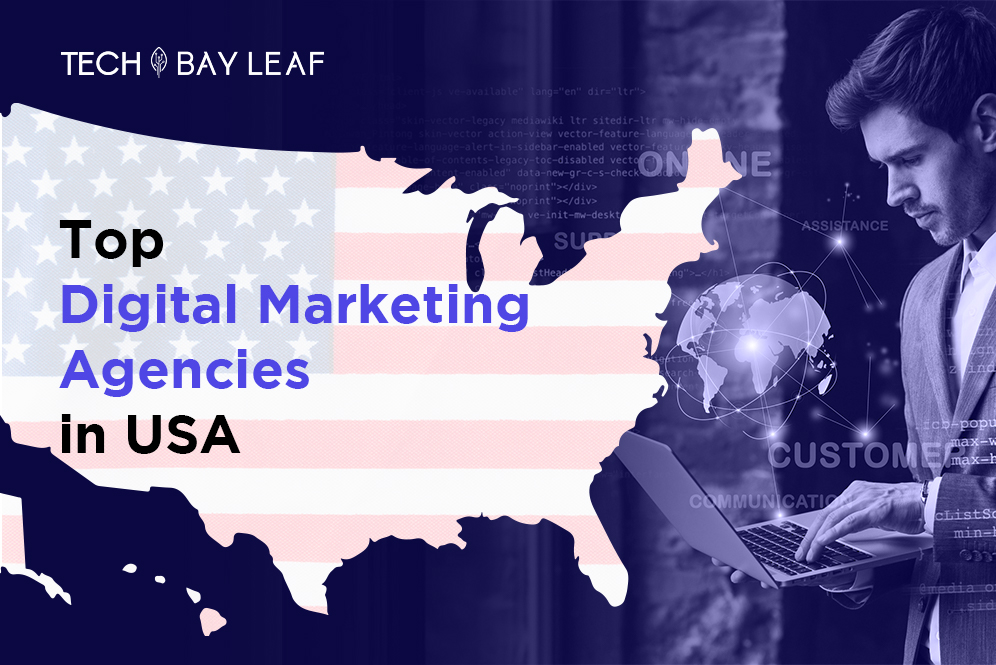In the race to grow online sales, many brands believe that driving more people to their website is the magic formula. But here’s a truth that might surprise you: more traffic doesn’t always mean more sales. In fact, CRO vs website traffic is one of the most overlooked strategic battles in digital marketing.
You can invest in ads, social media, and SEO to generate thousands of new visitors but if your website isn’t converting, it’s like filling a leaky bucket. Let’s explore why both are more important metrics to monitor, and how to shift your focus to what truly drives revenue.
The Pitfall of Chasing Traffic Alone
High visitor numbers may look great in a report, but what if those visitors don’t take action? You’re left with high traffic, low conversion, which helps no one, least of all your bottom line.
It’s easy to fall into the trap of the increased traffic vs increased conversions mindset. Business owners often assume more eyes on their site will naturally lead to more sales, but this isn’t always the case. This is precisely why traffic doesn’t mean sales: if users aren’t engaged, motivated, or guided properly, they’ll leave without converting.
For example, a store might attract 50,000 monthly visitors but only convert 0.5% into paying customers. On the flip side, a competitor with just 5,000 visitors and a 5% conversion rate is making far more money.
Why CRO Deserves More Attention
Conversion Rate Optimization (CRO) is the process of improving your website so that more visitors take meaningful actions, like making a purchase, filling out a form, or signing up. In a sense, it’s about working smarter, not harder.
Instead of focusing on just driving numbers, CRO looks at what’s blocking conversions: poor UX, weak CTAs, slow load times, confusing layouts, or irrelevant messaging.
If you’re wondering how to boost conversion rate, start by analyzing where visitors drop off, what pages underperform, and what can be tested or improved. You can use the best CRO tools 2025, like Hotjar, VWO, or Google Optimize, to gain these insights.
The beauty of CRO lies in the details. Simple improvements like faster page loads, clearer copy, or stronger CTAs can drastically improve website conversions.
One effective strategy is to optimize landing pages for CRO. Tailoring your landing pages to align with user intent (what they clicked to see) often leads to instant results. Personalized content, relevant offers, and intuitive design all contribute to higher engagement.
For example, if you run an e-commerce site, a product landing page should highlight benefits clearly, include trust badges, and reduce distractions. For DTC brands, storytelling and social proof can play a huge role in converting window shoppers into loyal customers.

Marketers often obsess over impressions, likes, and clicks. But there’s a big difference between sales and clicks. A user might click on an ad or product out of curiosity, but without a strong value proposition, they won’t complete a purchase.
That’s why turning visitors into customers is where the real value lies. CRO focuses on the customer journey: Is your message clear? Do you build trust quickly? Is checkout easy and mobile-friendly?
Many websites get attention but fail to close the deal. So why aren’t visitors buying?
Common reasons include:
- Confusing layout or navigation
- Lack of trust (no reviews, poor design)
- Slow site performance
- Misaligned ad messaging and landing content
- Complicated checkout process
This is where hiring professionals comes in. A conversion optimization agency or hire a CRO expert like Tech Bay Leaf. We can provide an outside perspective, run tests, and implement proven strategies tailored to your audience.
If you’re an eCommerce business or direct-to-consumer brand seeing traffic, but no sales, it’s time to rethink your approach. Investing in CRO services for eCommerce isn’t just for big brands—it’s a smart move for any business wanting more ROI from existing traffic.
Partnering with a conversion optimization agency (like us) can help you identify friction points and create a more effective user experience.
Final Thoughts: CRO is the Growth Multiplier
To wrap it up: Traffic gets visitors in the door. CRO turns them into customers. Both are important, but CRO offers the long-term, sustainable growth most businesses overlook.
If you’re stuck in the cycle of CRO vs website traffic, ask yourself: Are you optimizing for vanity metrics or actual results?
